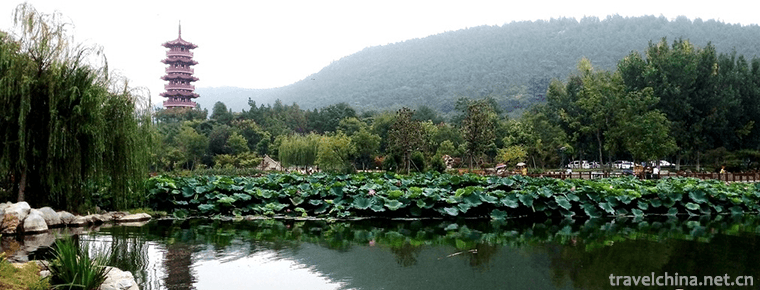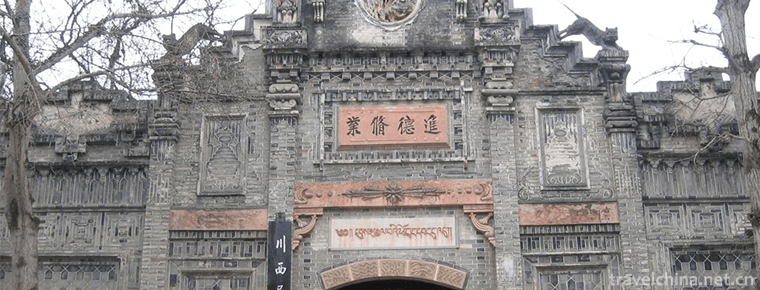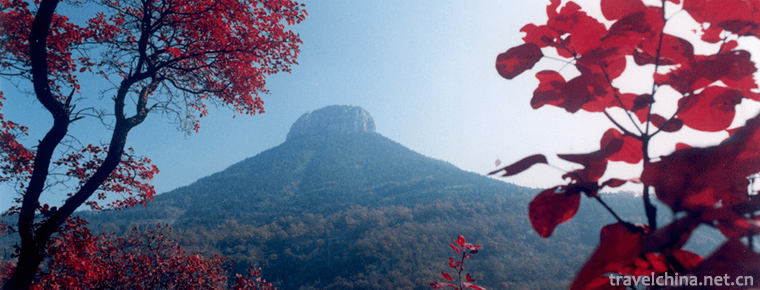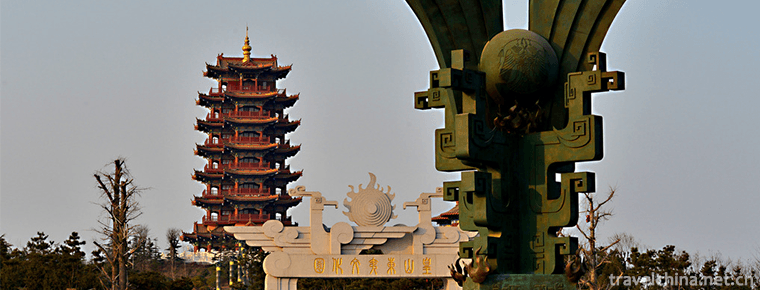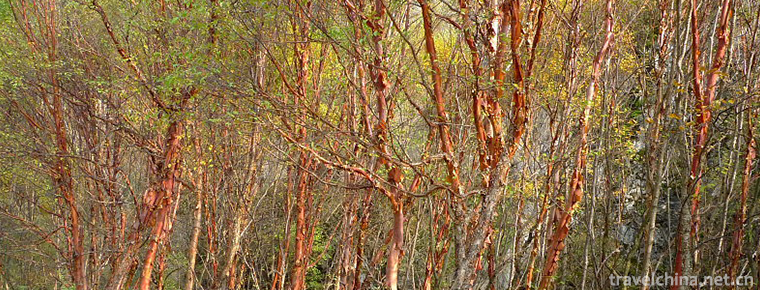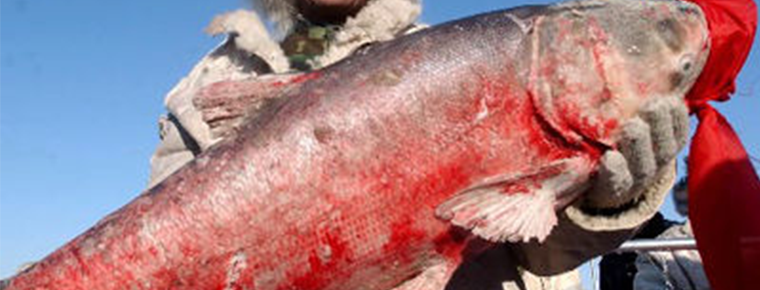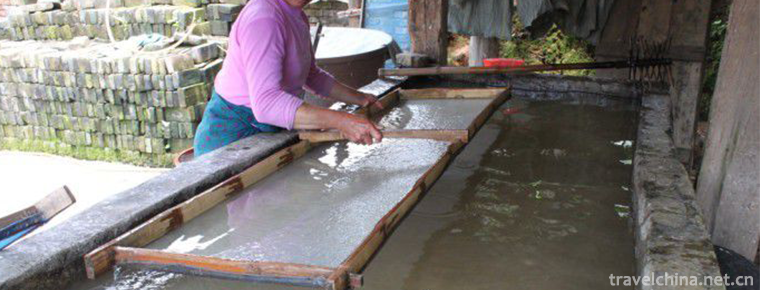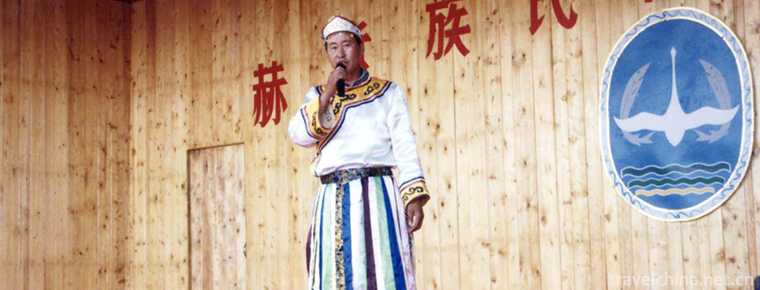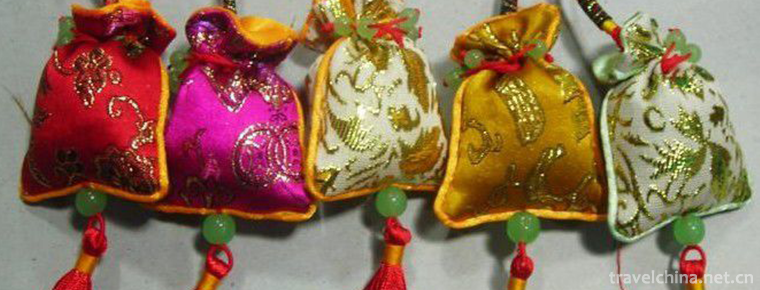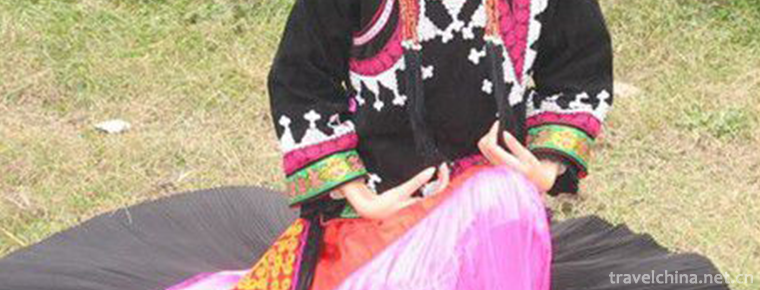Shandong Qinshu
Shandong Qinshu
Shandong Qinshu is one of the traditional folk art varieties in Shandong area, also known as "Xiaoqu", "Yangqin", "Shandong Yangqin", "improved Qinshu" and so on. Heze (Ancient Caozhou), which originated in southwestern Shandong Province, was born in the early years of Qianlong in Qing Dynasty. Playing for farmers'self-entertainment (also known as play board). In the late Qing Dynasty, there was a flourishing situation, and famous families emerged one after another, spreading more and more widely.
On May 20, 2006, "Shandong Qinshu" declared by Heze City, Shandong Province, was listed in the first batch of national intangible cultural heritage list with the approval of the State Council. The serial number is 257V-21.
historical origin
Xiaoquzi was first formed in Heze area (called Caozhou in ancient times). The artistic pedigree of Chen Naiduan, an artist in Yuncheng City, is "Yongzheng 13 years (1735). Wang Shangtian, the elder master, is well-known for his piano, calligraphy and painting, and Dongping Lake..." Say. The newly revised Local Chronicle of Cao County has a record of "Cao County is the main birthplace of Shandong Qinshu, which has been handed down for 200 years". Liang Qixiang, a famous composer of Xiaoqu, appeared in Liangditou village in the late Qianlong period. Later, it became more and more prosperous and gradually spread throughout the province. Since Yongzheng's thirteenth year, Shandong Qinshu has a history of more than 250 years.
The development of Qinshu in Shandong has gone through three important stages, that is, from early literati entertainment to folk amateur games, and later to professional singing-storytelling.
Since the Yuan and Ming Dynasties, folk songs have been popular in Shandong Province. Southwest Shandong Province is connected with the Central Plains, which is also prosperous here. Xiaoqu was originally a literati who was skilled in melody, and it was gradually formed by compiling and performing repertoires with popular tunes at that time. According to the leaflet county, Cao County Liu Lou, Shang Lou, Lao Ye Lou, Liujing area, some gentry celebrities, like to play and sing tunes to entertain themselves, called "Qinzheng Qingqu". For example, "Broken Bridge" and "Water Man Golden Mountain" in "The Biography of White Snake", and "Catching Ships" and "Stolen Poems" in "Qiujiang" have elegant lyrics and strong literariness.
The artistic form of "Qinzheng Qingqu" soon broke through the circle of literati and refined scholars and spread among local farmers. From the elegant "visiting friends" at the beginning, it has gradually changed into a self-entertaining "crop play" or "day play" for leisure or festival gatherings. In the late Qing Dynasty, this amateur music club was very popular in agriculture around Luxi. During this period, the singing still maintained the characteristics of "Qinzheng Qingqu" when the calligraphy and lyrics were still elegant, paying attention to music. Although its performance aims at entertaining love, it focuses on the beauty of the singing tone, the number of music cards, and the level of musical instrument playing skills, as well as the strong interest of literati and elegant scholars in playing and singing and expressing their feelings.
With the popularity of "Xiaoqu" among the people, Liang Qixiang of Cao County emerged in the late Qianlong period, followed by Yuan Peiran of Cao County and Liu Daoyou of Yuncheng, Miao Jinfu, Li Qinglan, Hou Peiran, Wang Mengdian of Cao County, Liu Jirong and Chen Huaijiao of Yuncheng, who were famous singers in Guangxu period, gradually changed from Amateur play bureau to a profession of telling books. Sex singing. Because of the change of the nature of singing, it has brought great changes in the content, form and music of Shandong Qinshu. Artists created and transplanted a large number of new programs adapted to the tastes of the masses, enriching the content of singing. The music structure has changed from the original joint singing of music cards to the two main tunes of "Fengyang Song" and "Stacker Board". In addition, the national style has changed from slate style to slate style, with the use of music cards interspersed. The lyrics have become easy to understand, and the singing style has also changed from delicate to lively and plain.
As an important symbol of this stage, Qinshu has entered Jining, an important town of canal transportation, from the countryside of southwestern Shandong Province, and has been introduced to neighboring Xuzhou, Shangqiu, Kaifeng and other places. For a time, Jining's Tushan and Canal Bank became a gathering place of famous piano writers, and expanded their influence throughout Shandong Province. In succession, the "East Road Qinshu" centered on Guangrao and Boxing in eastern Shandong and the "North Road Qinshu" centered on Jinan in northern Shandong were formed, and the Qinshu in southwestern Shandong was called "South Road Qinshu". South Road is the earliest branch, popular in the southwest of Shandong Province, with Ru Xingli and his founding "Ru School" as the most representative, singing without fancy tunes, deep lines, literal pronunciation, most of the programs are cynical works; North Road, centered on Jinan, is widely popular in the northwest of Shandong Province, with Deng Jiuru and his founding "Deng School" as the most representative. Representatively, the performance is good at using dialectal slang, showing humor in simplicity and seeking charm in plainness; Eastern Road is centered on Guangrao and Boxing, which is popular in all parts of Jiaodong. Business Xing, Guan Yunxia's couple and their founding "business school" are the most representative, with beautiful singing voice and rich in change .
artistic characteristics
Shandong Qinshu is performed in Shandong dialect. Because it was born out of the folk "Xiaoqu" duet, the tunes used in Shandong Qinshu are very rich. There are about 200 pieces of Qupai. Following the development of Piano Book rap, the tunes used gradually concentrate, with the so-called "Old Six Main Tunes", "Fengyang Song", "Duplicated Broken Bridge", "Hankou Stack", "Stacker Plate", "Plum Blossom Fall" as the most commonly used tunes. Since the end of Qing Dynasty and the beginning of the Republic of China, it has further developed into a music style with "Fengyang Song" and "Stacker Plate" as the main tunes, with a small number of minor tunes interlaced for rap. The program is mainly composed of medium-length books and singing short passages.
The performances of Shandong Qinshu are usually composed of two to five people. The singers are divided into roles and accompanied by musical instruments. Generally, there are two or three people to catch up with the roles, and the rest are accompaniment and accompaniment. Traditional singing pays attention to stability and generosity. The singer is sitting in a critical position, with a dignified manner, and does not look askance. It relies on the changeable singing voice and organic accompaniment to complete the plot expression and characterization of the characters.
With the evolution of history and the development of art itself, the singing of Shandong Qinshu gradually broke the old singing conventions. For example, according to the development of the plot of the story and the change of the character's feelings, the singer can present a vivid expression on his face, sometimes with a little gesture to help the performance. In singing, the actors can communicate with each other emotionally and directly with the audience. However, his singing style still maintains the basic characteristics of stability and generosity.
There are many traditional representative programs in Shandong Qinshu, such as White Snake Biography, Qiujiang and transplanted Yangjiajiang, Baogong Case, Dahongpao, etc. The middle part includes 70 or 80 pieces such as Wang Dingbao Yongdang, San Shangshou and Liang Zhu's Marriage Story. Most of the short passages are classics inherited from the early Xiaoqu programs.
After the founding of the People's Republic of China, with the increasing demand for artistic appreciation, a large number of new writers of literature and art participated in the creation and singing, Shandong Qinshu entered a new period of development. In the 1950s and 1960s, Nanlu Qinshu artists Li Ruoliang and Li Xiangyun's father and daughter participated in the national opera performance twice. The "Water Overflowing Golden Mountain" and "Stolen Ganoderma Lucidum" produced by the Party, Government and Army were successful, and they participated in the national Tun The performance has attracted the attention of the music and music circles. Especially in September 1981, he participated in the national excellent performances of musical performances, and performed "Dalin Returning Home", which was successful in enhancing lyricism and sense of the times, and won the first prize of creation, composition and performance.
Inheritance Significance
Shandong Qinshu has rich cultural background, which has had a significant impact on the occurrence and development of Lv Opera. It is the direct parent of Lv Opera in Shandong Province, and its historical and cultural value is unique. Nowadays, its development has encountered unprecedented difficulties, and it urgently needs to be protected and supported.

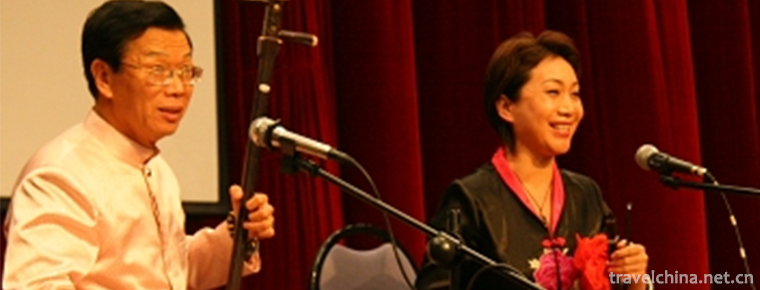
-
Yunlong Lake
Located in the southwest of Xuzhou City, Jiangsu Province, Yunlong Lake is the main scenic spot of Yunlong Lake Scenic Area in Xuzhou, formerly known as "Stone Dog Lake".
Views: 122 Time 2018-12-06 -
Dayi Liushi Manorial Museum
Dayi Liu Manor Museum, located at No. 15 Jingui Street, Anren Town, Dayi County, Chengdu City, Sichuan Province, is one of the most important historical sites and representative buildings in modern Ch.
Views: 203 Time 2018-12-26 -
BaoGuGu National Forest Park
Baoqianggu National Forest Park, Shandong Province, is located in the southeast of Shanting District, Zaozhuang City, Shandong Province. Its geographical coordinates are 34 degrees north latitude 59'4.
Views: 169 Time 2019-01-02 -
Huangshan Yi Culture Tourist Area
Huangshan Yi Cultural Park is a national AAAA-level tourist attraction, located in the northwest of Linyi Economic and Technological Development Zone..
Views: 264 Time 2019-01-18 -
The tru Valley
Turugou is located in Liancheng Forest, Yongdeng County, 160 kilometers northwest of Lanzhou City. It belongs to the eastern foot of Qilian Mountains..
Views: 197 Time 2019-02-22 -
Winter capture of Chagan Lake
Winter fishing in Chagan Lake, namely ice and snow fishing (or hunting) in Chagan Lake in winter, is a traditional fishery production mode (custom) in Qianguoerros Mongolian Autonomous County.
Views: 166 Time 2019-04-15 -
Manufacturing Techniques of Tussah Paper
The manufacturing history of tussah paper is as long as that of linen paper. The raw material for making the paper is the phloem fibers of the tree. The bark of the tree contains wood phloem fibers wh.
Views: 181 Time 2019-04-18 -
Imakan of Hezhe Nationality
Imakan is a unique rap art of the Hezhe people in Northeast China. Its performance form is a combination of one person's rap and singing. It has no accompaniment with musical instruments and uses the .
Views: 191 Time 2019-05-03 -
Sachet
Incense bag is also called odor-tolerant, incense bag, incense bag, incense sauce, Pei Mo. Nowadays people call it purse, toy and dim. It is a folk embroidery handicraft created by ancient Chinese wor.
Views: 187 Time 2019-07-03 -
Yi dress
The costumes of the Yi nationality are colorful, unique in style, and have nearly 100 kinds of shapes. Historically, because of the numerous branches and scattered residence of the Yi people, there ar.
Views: 173 Time 2019-07-12 -
History of Guangan
Guang'an belonged to Liangzhou in ancient times and Yongzhou in Yin and Shang Dynasties. In the fifth year of King Shenliang of Zhou Dynasty (316 BC), Qin destroyed Bashu and established Ba and Shu counties. Today, Guang'an District, Qianfeng District, Linsh.
Views: 295 Time 2020-12-19 -
Dazhous location
Dazhou is located in the junction of Sichuan, Chongqing, Hubei and Shaanxi provinces and the Chengdu Chongqing Economic Belt in the upper reaches of the Yangtze River. It is the "East Gate" of Sichuan opening to the outside world and a key regi.
Views: 195 Time 2020-12-20
